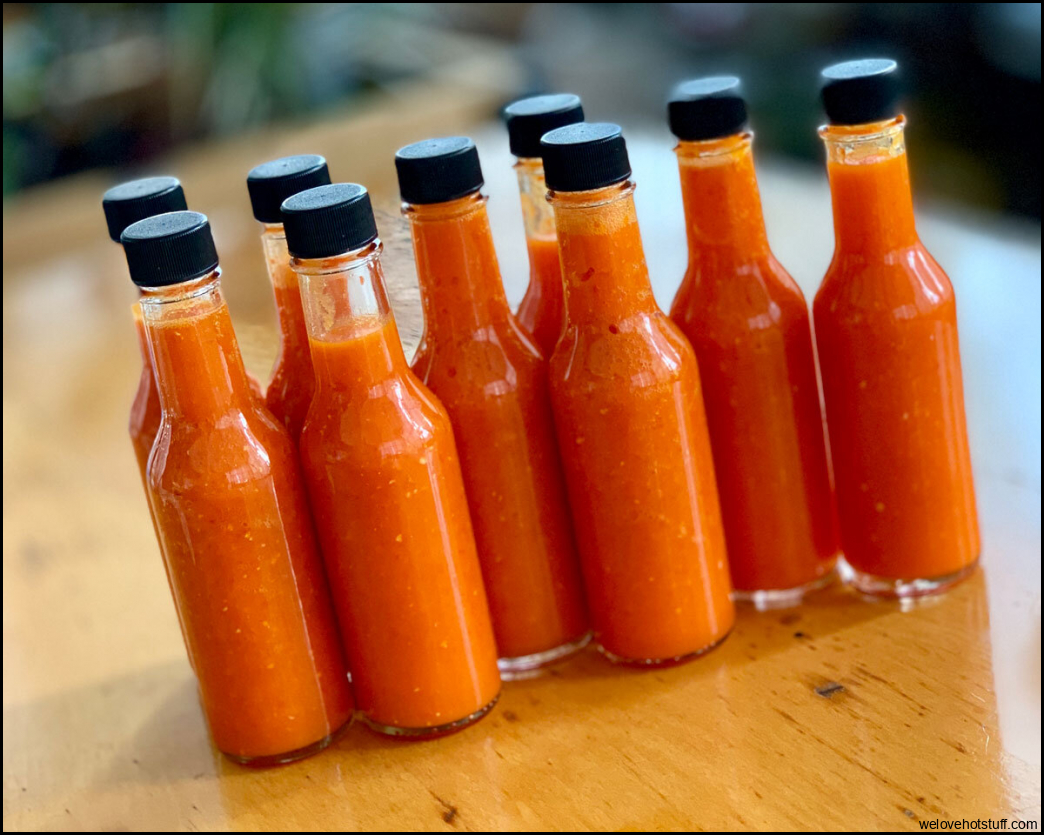Unleashing Flavor: Master the Art of Fermentation Hot Sauce Recipes
Fermentation is a centuries-old method of food preservation that not only extends the shelf life of ingredients but also enhances their flavor profiles. The process involves the conversion of sugars into acids, gases, or alcohol by using microorganisms such as bacteria and yeasts. While fermentation has been commonly associated with beer brewing and bread making, it is a versatile technique that can be applied to various culinary creations. In this article, we will explore the fascinating world of fermented hot sauce recipes and how you can unleash an explosion of flavors right in your own kitchen.
Diving into the World of Fermented Hot Sauce
Hot sauce enthusiasts are familiar with the intense kick that can be achieved by using fresh chili peppers. But did you know that fermenting these peppers can take their taste to a whole new level? Fermentation introduces complex flavors that are rich, tangy, and sometimes even slightly funky—the perfect enhancement for any spicy dish.
The Essential Ingredients
To embark on your fermented hot sauce journey, you’ll need a few key ingredients:
- Fresh Chili Peppers: Opt for a variety of chili peppers such as jalapeno, habanero, or serrano to create depth in heat and flavor.
- Salt: Ensure you have high-quality sea salt or kosher salt on hand to help kickstart the fermentation process.
- Additional Flavorings: While not essential, adding ingredients like garlic cloves or onions can lend unique depths of taste to your hot sauce creation.
- Filtered Water: It’s important to use water free from chlorine or other chemicals as they may hinder fermentation.
- Glass Jars: Mason jars or similar glass containers are perfect for fermenting hot sauce, allowing you to monitor the process.
The Fermentation Process
Now that you have gathered your ingredients, it’s time to dive into the fascinating process of fermentation:
- Cleanse: Thoroughly wash your chili peppers and remove any stems or blemishes. This step ensures a clean fermentation environment.
- Chop and Blend: Roughly chop the chili peppers and any additional flavorings before blending them into a smooth paste. Be sure to use gloves if handling particularly spicy varieties!
- Add Salt: Sprinkle a generous amount of salt over the paste. Salt not only enhances flavors but also helps prevent harmful bacteria growth.
- Ferment in Jars: Transfer the paste into clean glass jars, leaving some headspace for gases produced during fermentation. Seal the jars tightly but be mindful of possible gas build-up, which could cause jar explosions if not released regularly.
- Monitor Fermentation: Store the jars at room temperature, away from direct sunlight. Within a few days, you’ll notice bubbles forming—a sign that fermentation is well underway. Burp your jars occasionally by opening them slightly to release accumulated gases without completely removing the lids.
- Taste Test: After about a week or two, depending on desired taste intensity, sample your fermented hot sauce. If it has reached the desired flavor profile, move on to the next step; otherwise, let it ferment longer for a bolder taste.
- Blend and Strain: Using a blender or immersion blender, puree the fermented mixture until smooth and strain it through a fine-mesh sieve to remove any remaining solids or seeds.
- Bottle and Store: Pour the strained hot sauce into sterilized bottles or jars, seal it tightly, and store in the refrigerator. This will help to halt further fermentation and preserve its flavors.
Exploring Flavor Variations
Now that you have mastered the art of fermenting hot sauce, it’s time to unleash your creativity by experimenting with various flavor combinations:
Smoky Chipotle Delight
Add a smoky twist to your fermented hot sauce by incorporating chipotle peppers. The earthy flavors of chipotle blend harmoniously with the tanginess achieved through fermentation.
Tropical Heat Fusion
Infuse your hot sauce with tropical flair by including ingredients like pineapple or mango. The sweetness of these fruits contrasts beautifully against the spicy kick, creating a delightful balance of heat and sweetness.
Garden Fresh Burst
If you prefer a milder yet refreshing hot sauce, consider fermenting garden-fresh herbs and vegetables along with the chili peppers. Cilantro, basil, or even cucumbers can transform your creation into an herbal delight.
In conclusion, fermentation adds depth and complexity to your homemade hot sauces. With a few simple ingredients and a little patience, you can unlock an array of exciting flavor combinations that will elevate your culinary creations. So go ahead—let your taste buds embark on a journey through the world of fermented hot sauces!

Recipe: Fermented Peach Hot Sauce — FarmSteady